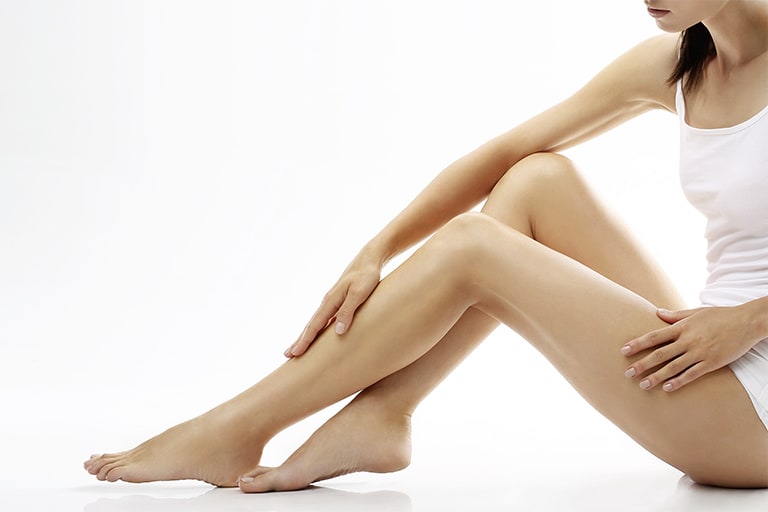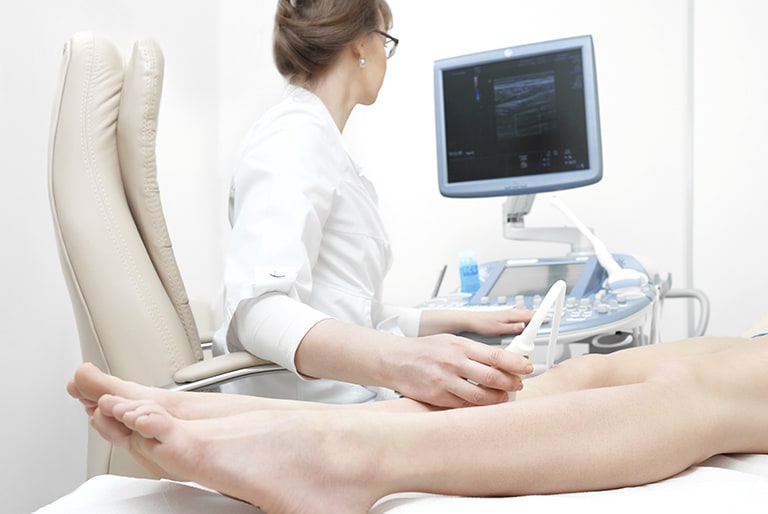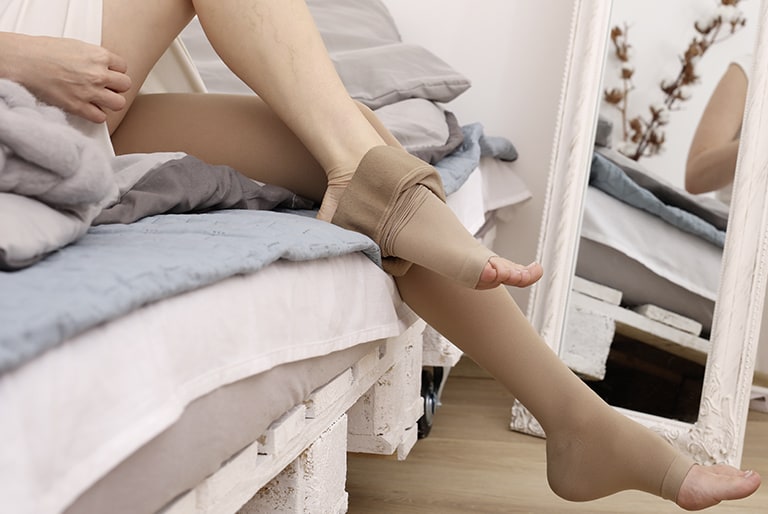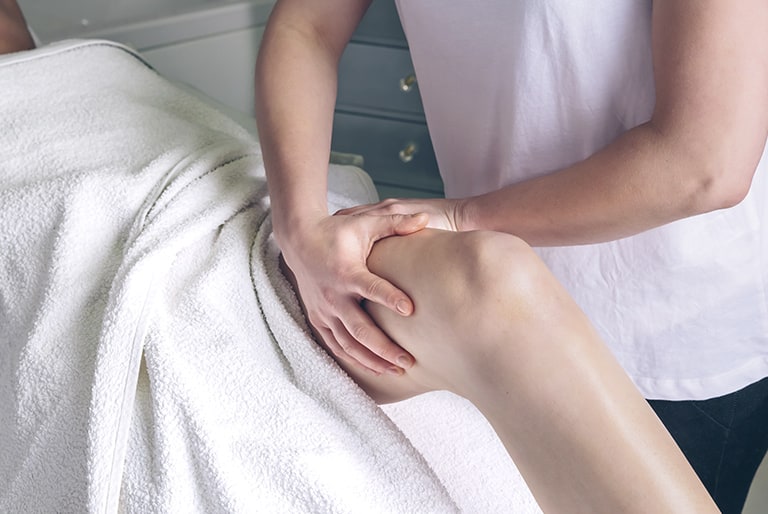
Medication for venous insufficiency
Venous insufficiency is the cause of various secondary diseases of your veins, like varicose veins or vein thrombosis, which can even be life-threatening. However – if you recognise the first indications early on, it can be treated with medication.
How does venous insufficiency manifest itself?
With venous insufficiency, also known as vein weakness, your venous valves do not close enough to prevent a reflux of the blood into your legs. Common symptoms of venous insufficiency are:
Many know at least one of the symptoms, but have never associated it with venous insufficiency.
How can you treat venous insufficiency with medicines?
- Diuretics: diuretics are medicines which transport salts and waters from your body. These urine-inducing pharmaceuticals support the excretion of water and stimulate the removal of accumulated water from your tissue. They are predominantly used to remove water from your legs. As diuretics can disturb the electrolyte balance, the tablets should only be taken under medical supervision.
- Oedema protective agents: in contrast to diuretics, oedema protective agents do not stimulate the excretion of water, but rather prevent oedemas from forming in the first place. The active ingredients in these venous medicines are usually extract of red vine leaves, extract of horse chestnut seed or Troxerutin. They reduce the permeability of the walls of your veins in the terminal vessels and improve microcirculation in the smallest blood vessels. That supports lymphatic transportation and thereby protects against the formation of oedemas.
If vein thrombosis has already been diagnosed, the therapy aims at reducing the blood clotting tendency of your blood with medicines such as Heparin, so that blood clots do not form. The dosage must be determined by your doctor as that also increases the risk of bleeding.
How does Veno SL® 300 help against venous insufficiency?
Veno SL® 300 is an oedema protective agent with Troxerutin as the active ingredient. Troxerutin is derived from rutin, a substance from the Japanese Pagoda Tree. Veno SL® 300
- counteracts the formation of oedemas
- improves the fluidity of your blood
- stabilises fine, brittle blood vessels
- can be used to support the treatment of the accumulation of fluid in tissue
After the age of 30, the risk of venous diseases increases, which is why you should start to think about the health of your veins from an early age. Particularly the hormonal change during pregnancy can affect the function of your veins and lead to the retention of water in your legs. Anyone who counteracts heavy, tired legs from their early years onwards strengthens their veins for into age.
For a successful therapy of venous insufficiency with Veno SL® 300, it is important to take the capsules on a continuous basis. It is only that way that your veins can remain elastic and can keep your blood flow running freely.
What else can I do for my veins?
The treatment or prevention of venous insufficiency with medicines does not replace a vein-friendly lifestyle. That means that the therapy with medicines should always be accompanied by the following measures:
- Exercise: exercise as much as you can. Strolls, light endurance sport and vein gymnastics keep your muscle pump working. People who have to sit or stand a lot at work should integrate regular exercise breaks to dissolve a build-up of blood in their legs.
- Put your feet up: support the onward flow of your blood by putting your feet up occasionally. When doing that, your feet should be higher than your hips, so that accumulated fluid can flow out towards your heart.
- Compression: if you notice the first signs of venous insufficiency, e.g. through varicose veins or recurrent oedemas in your legs, it is advisable to support the function of your veins from outside. Compression stockings help doing that as they fit close to your leg and prevent a build-up of blood and water thanks to the external pressure.
The sooner you do your veins some good, the better will be the elasticity of your blood vessels into your old age, and the formation of varicose veins can be delayed or diminished.


